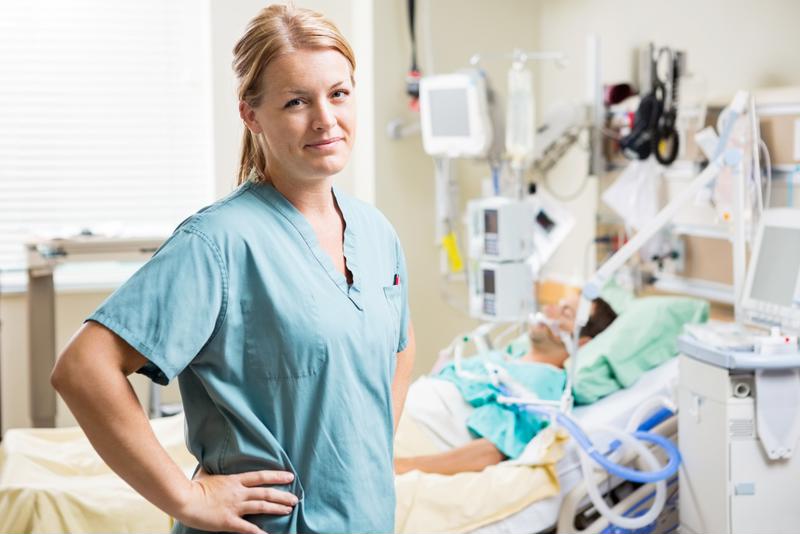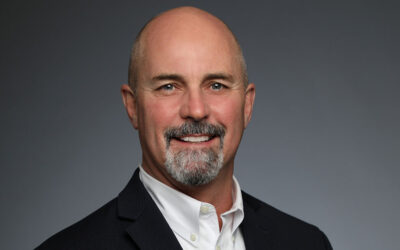Thanksgiving is just around the corner. It’s a time of year for everyone to come together with their families and express thanks and gratitude for all the windfalls that have come their way in the past year.
Among the many things people across the country give thanks for every year is their good health. Unfortunately, this isn’t something that can be taken for granted, as many people around the world or even in certain parts of the U.S. don’t have access to reliable, accessible healthcare. Luckily, thanks to telemedicine, it’s now possible to offer the gift of health to an ever-growing number of people.
Thanksgiving is the perfect time to reflect on some of the critical applications of clinical telemedicine, and how they have changed people’s lives.
“The medical profession sees its fair share of life-or-death scenarios.”
1. Clinical telemedicine saved this baby’s life
The medical profession sees its fair share of life-or-death scenarios, but perhaps none so dramatic as when a child is involved. That’s why the story of MaLea Fox is bound to wrench your heart and maybe jerk a tear or two (don’t worry – she’s OK now).
According to the Portland Business Journal, MaLea was rushed to a rural Oregon hospital one night with a fever of 102.4 degrees Fahrenheit. Doctors there were able to determine she had a virus, but lacked more information, so Fox was transferred to a second hospital.
Doctors there called in the big guns – requesting a telemedicine consultation with Dr. Jennifer Needle, a pediatric intensivist at Oregon Health & Science University. Using video conferencing and other telemedicine technologies, Needle was able to examine Fox directly, even though she was miles away in a different city. Needle was able to help identify her symptoms, calling for intubation which is believed to have saved MaLea’s life prior to her transfer to Portland. MaLea is alive and well today, and has no memory of the trauma that nearly took her life.

Thanks to telemedicine, physicians can deliver collaborative care in emergent medical situations.
2. Telemedicine saved a man’s hand
Tommy Watt nearly lost his hand when his wedding ring snagged on the tooth of a saw blade, pulling his hand into its path. When he arrived at the local hospital, physicians consulted with a hand-surgery specialist at a nearby facility via telemedicine.
By using a telemedicine cart equipped with video conferencing, the specialist was able to examine Watts directly, where it was advised he be moved to surgery. The doctors believe that the use of telemedicine in this instance bought Watts’ medical team an additional two to three hours of time.
This was an instance of the Telemedicine Hand Program in action. The program was established by the University of Arkansas for Medical Sciences, and is the first telemedicine program established strictly for hand trauma. The Telemedicine Hand Program and other similar initiatives seek to provide accessible specialty care to a wider range of patients.
3. Small rural Iceland town gives thanks for telemedicine
The small rural town of Kirkjubæjarklaustur in southern Iceland, is surrounded by natural beauty and Icelandic national parks. Despite having only 120 residents, Kirkjubæjarklaustur is one of the larger settlements in the area, being one of the only places in the region that offers major services such as a fuel station, a supermarket and a small medical clinic.
The community consists of a significant amount of seniors, people with illness or disability and citizens with limited socioeconomic and financial resources. Although basic medical services can be obtained at the clinic, they were in desperate need for access to additional specialty care. The local residents and seasonal visitors would have to face a three-to-four-hour drive to get to the nearest city – certainly not feasible in an emergency medical situation.
Luckily for the residents of Kirkjubæjarklaustur, Sigurdur Arnason, M.D., who is the doctor of the sole clinic within this town and its surrounding villages, is a firm believer in the power of clinical telemedicine. Residents of Kirkjubæjarklaustur were so supportive of his initiatives to improve their access to medical care, that they decided to sell goats to help raise money for Dr. Arnason to purchase telemedicine equipment. Because of this Arnason was able to outfit his clinic with a suite of powerful telemedicine tools. Talk about a case of the community giving thanks!
Clinical telemedicine inspires hope for thousands
Clinical telemedicine and individuals who use it are performing near-miraculous feats thanks to these technological advancements. Increasing coverage areas, boosting efficiency of care and cutting down on operating costs are all bound to inspire gratitude in any hospital administrator. So when you sit down this Thanksgiving and prepare to carve your turkey, don’t forget to say a word of thanks for the doctors and nurses who save lives every day with the help of clinical telemedicine – they deserve it.
For more examples of clinical telemedicine and how AMD Global Telemedicine is helping healthcare professionals excel at what they do best, read some of our customer use cases.



